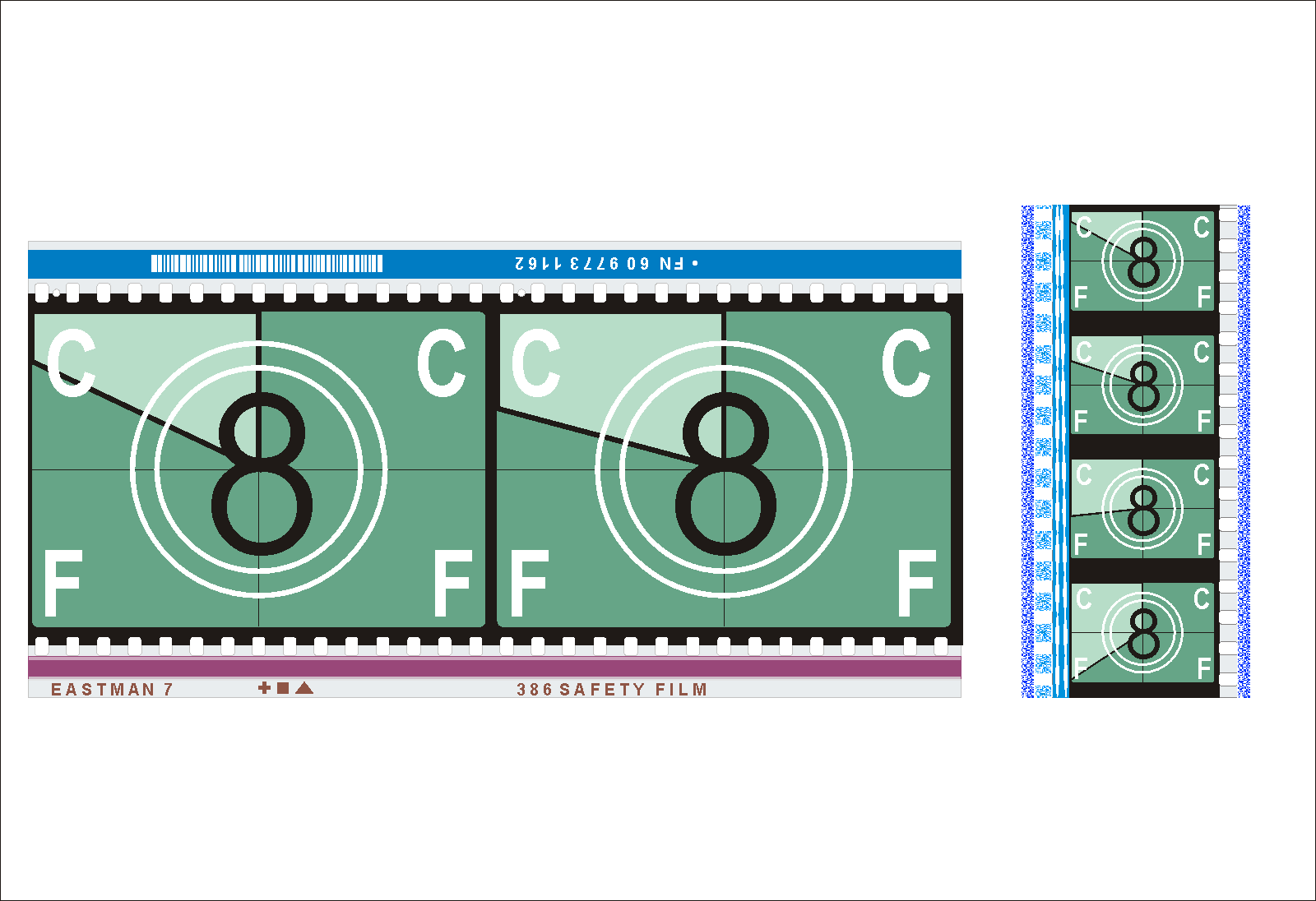Local critics cited the film projection as a problem too, so I'm not just complaining about something arbitrary. I simply cannot pay attention to the movie when trash, debris, and dust on the lens are flowing across the screen, blown up to "IMAX" size. It is so distracting. Back before digital projection, that was one of the main reasons I wanted to see a movie as soon as it came out. The film quality dramatically decreases as it is plays more and more. Or is some cases, it is just bad to begin with. I remember going to see the premiere showing of Jurassic Park 2. During a climactic scene where the RVs were hanging off the cliff, the film melted off the reel. It took about 20 minutes to restart and it picked back up after the scene was over. The second time I saw Fellowship of the Ring, the audio track got hung up in the reel and we didn't hear the last 5 minutes of the movie.
It may be bigger than traditional screens (or is it...hold on, we're getting there) and the sound may be 12,000 watts, but the viewing quality was a deal breaker, so I opted for the Rave every time. Besides, very little has actually been shot on IMAX film. You can see the difference here.
 Only 8 scenes in Dark Knight were...the rest of the movie was not. So when you are going to see an "IMAX" film, that's a bit of a misnomer. Just like watching movies on your TV at home, there will be black bars at the top and bottom of the screens, which may or may not be cleverly hidden by movable currents to frame the screen.
Only 8 scenes in Dark Knight were...the rest of the movie was not. So when you are going to see an "IMAX" film, that's a bit of a misnomer. Just like watching movies on your TV at home, there will be black bars at the top and bottom of the screens, which may or may not be cleverly hidden by movable currents to frame the screen.Okay, on to screen size. There is a guy out there who has mapped out
all the IMAX screens in the country and noted if they are true IMAX, Omnimax (domed screen), or LIEmax. It seems a bit superficial to only rely on screen size to determine if you are having a true IMAX experience, but it is the most obvious. Well, I'll let this extreme example speak for itself.

I wrote Dickinson Theaters to find out how big our "IMAX" screen is and they replied that it is 45 x 70 ft wide. The reported true size of an IMAX screen is 76 x 97 ft. The original IMAX, according to Wikipedia, has different dimensions than that. So who knows what a "real" sized IMAX theater is supposed to be. But compared to the image above, ours isn't that bad, but it is still only 75% or so of the "true" size. To me, it's like buying Blu-Ray movies for 20" TV screens. What's the point? Well, okay, there's the sound and the projection style, etc. In fact, one article put it like this:
The company maintains that it's not just the size of the screen that matters, it's their "revolutionary projection system, a powerful digital audio system and customized theatre geometry" that make up "The IMAX Experience."
I'll buy that. And when I went to reluctantly buy our tickets for Avatar, I asked the manager if they were still film-based. He said they are digital now. So that's a HUGE step up for me. So the issue comes down to this: is the added expense worth it? If you like to see regularly-filmed movies shown a little bit bigger and a more power sound system, then yah, maybe it is. I wouldn't have said that when they were projecting film, though. So we'll see how this showing of Avatar goes.
No comments:
Post a Comment